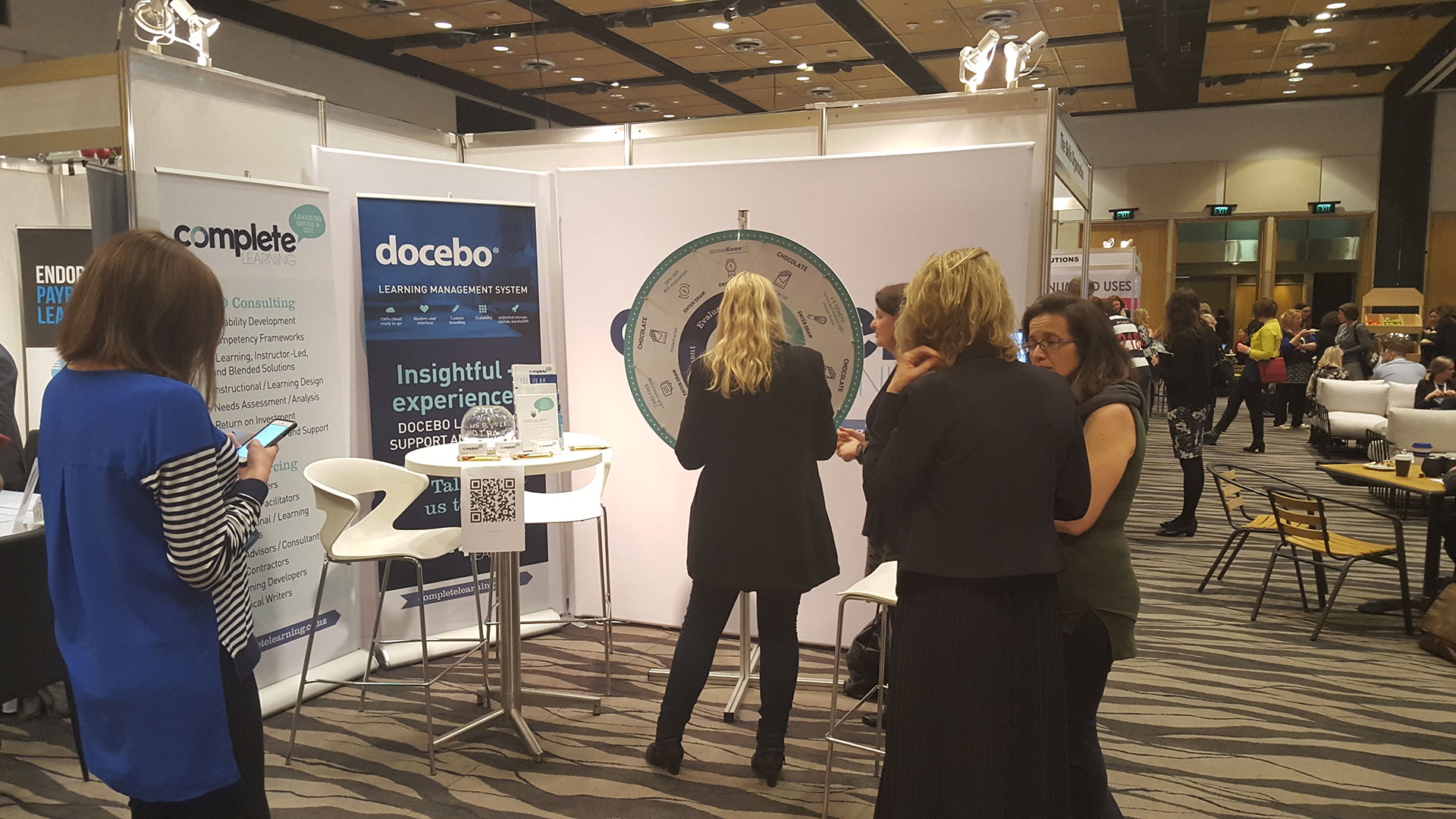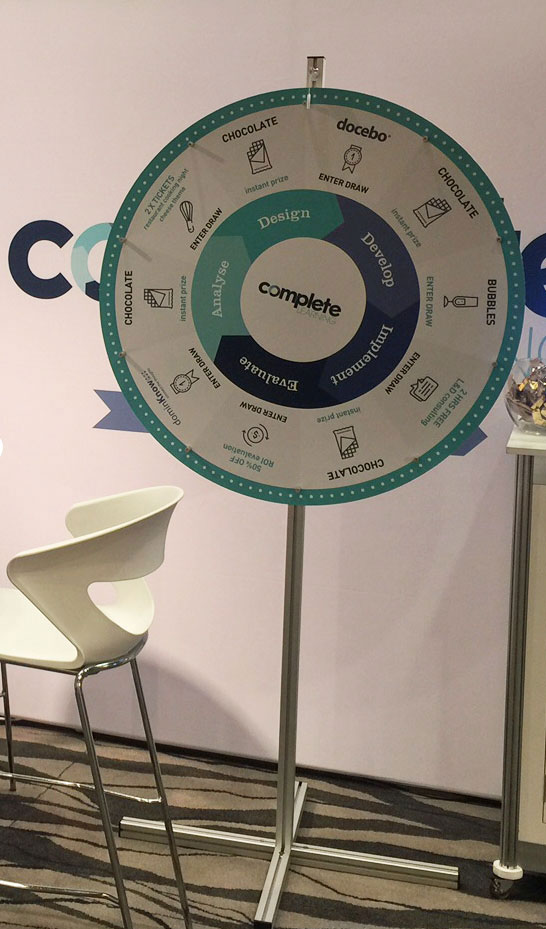Implementing a programme that is not underpinned by sound strategy is a bit like playing darts blindfolded in that, if you can’t see what – or where – the target is, then how are you going to hit it?
This year’s HRINZ conference provided plenty of food for thought along these lines and it got me to thinking about what the conference’s Transforming Leadership theme means on a day-to-day basis for HR and L&D professionals.
‘Transforming leadership’ is a popular focus and it’s common for there to be a range of projects and programmes to effect this change within an organisation.
Although it can feel rewarding to be doing lots and making waves, are these activities really making a difference? And is that difference what deeply matters to the organisation? As the saying goes: noise proves nothing.
I often see examples of HR and L&D managers lacking a clear line of sight to their organisation’s strategy. This usually results in a scattergun approach, which uses up a lot of time and resource but does not necessarily achieve meaningful results.
I can’t stress how important it is for HR and L&D to understand the organisation’s strategic priorities if they are to be taken seriously. This means being familiar with the organisation’s mission, vision and business objectives, and aligning all aspects of their programmes with them.
In transforming leadership – and all other activities for that matter – there always must be a crystal-clear alignment between the programme, the HR and/or L&D strategy and organisational strategy. If you can’t articulate this alignment, and can’t be clear about exactly what difference your project or programme will make, then you should not be doing it.
How to ensure HR and L&D activities are strategically-aligned
Even if your organisation doesn’t have a strategic plan, which is more common than you might think(!), it’s important to have conversations with your leadership about what is important to them in terms of their people capability. Be sure to document these expectations in the form of ‘SMART’ objectives and accompanying key performance indicators and get them signed off. Aligning your projects with their expectations will help you develop your own strategic plan based on organisational priorities, articulate the impact you want to see, and provide you with the ability to track and measure that impact. Doing this will not only ensure you are focusing on what matters to the organisation, but it also provides a strong and strategic base from which to seek additional resources in future – and to also protect the programme from future budget cuts. Based on my conversations with other professionals attending the HRINZ conference, it seems like measurement, learning management systems, and finding good people are all hot topics. All of this aligns nicely with the need to have a sound HR or L&D strategy because you need to know what you are trying to achieve before you can measure whether the desired outcomes have been achieved. By the way, did you know that we recently developed a free eBooklet that gives lots of valuable advice on measuring the financial return on investment in HR and L&D initiatives? If you have not already done so, then feel free to download it here.
These HRINZ conference attendees were taking a super targeted approach when having a go at winning a prize on the Complete Learning Solutions stand. Our fun ADDIE (analyse, design, develop, implement and evaluate) spinning wheel proved popular as a quick-fire raffle and was nicknamed the ‘chocolate wheel’ because of the many instant chocolate bar prizes – only the healthiest dark chocolate, of course!
Congratulations to Susan Glasgow of VTNZ who won a bottle of premium French champagne.
Congratulations also to our other winners, who won a variety of prizes such as a Docebo demonstration, a 1-year licence for the dominKnow cloud-based authoring tool, 50% off a project or programme return-on-investment evaluation, some free L&D consulting time, and a cooking demonstration.



Thank you Nicola
A agree with your comments on having a sound L&D strategy. Have you published anything on Digital learning?
Regards
Anand
Hi Anand
Here is a recent article published in Employment Today – http://employmenttoday.co.nz/databases/modus/hrmag/etmagazine/JRNL-212-ET-31?tid=151320984&si=1878974471